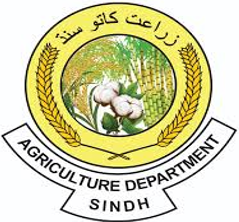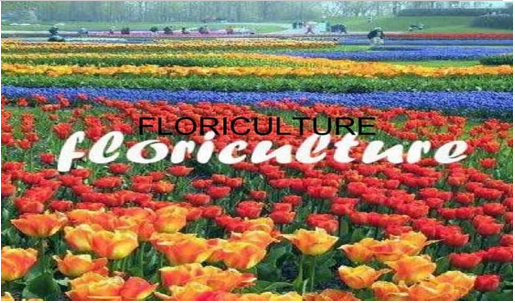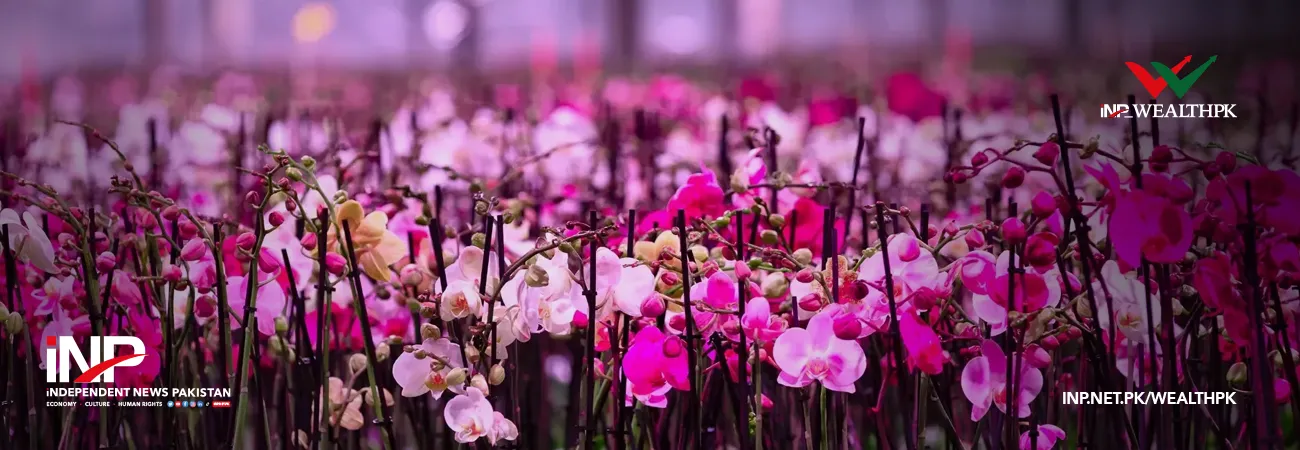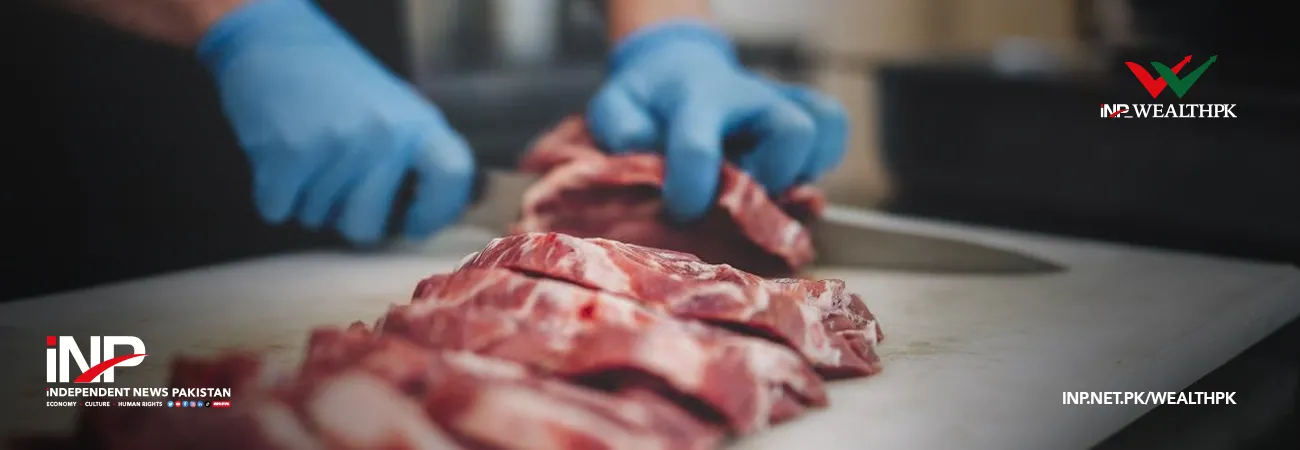INP-WealthPk
Ahmed Khan Malik
The floriculture sector in Sindh operates below capacity due to outdated practices and lack of infrastructure, thus requiring upgradation to tap its huge potential.

“If its immense untapped potential is properly harnessed, the floriculture sector can become a significant contributor to the province's economy,” people associated with the sector told WealthPK.
They said that blessed with a favourable climate, fertile soil, and access to both domestic and international markets, Sindh is uniquely positioned to become a hub for flower cultivation and export.
However, the sector continues to operate below capacity due to outdated practices, lack of infrastructure, limited access to technology, and inadequate government support, they noted.
Naveed Lashari, a floriculture grower in Matiari district, said that Sindh's agro-climatic conditions are ideal for cultivating a wide variety of flowers, including roses, marigolds, gladiolus, tuberose, and chrysanthemums. “These flowers are in high demand not only for domestic consumption — in weddings, religious events, and décor — but also internationally.”

“Despite this, floriculture remains a small-scale, fragmented activity with limited commercial focus. In contrast, countries like India, Kenya, and the Netherlands have transformed floriculture into high-value industries through research, investment, and export-oriented strategies,” he noted.
Lashari pointed out that one of the primary hurdles facing floriculture in Sindh is the lack of modern farming practices. “Most growers rely on traditional methods, resulting in low yields and poor quality. There is also a severe shortage of cold chain logistics and post-harvest handling facilities, which are crucial for preserving the freshness of flowers for export,” he said.
Moreover, Lashari said the absence of specialised training institutes, research centres, and access to quality planting material hampers the sector’s growth. Hussain Bux Chandio, a grower in Hyderabad, emphasised the need for policy intervention and investment.
“To unlock Sindh's floriculture potential, a comprehensive strategy involving public-private partnerships is needed. The government must prioritise floriculture as a high-value agriculture sector, offering subsidies, low-interest loans, and tax incentives to farmers and investors,” he said.
Chandio said that investment in cold storage, transportation networks, and flower auction markets would greatly enhance efficiency. “Establishing training centres and collaborating with universities for research can contribute to the development of disease-resistant and high-yield flower varieties.”
He said that the global floriculture market is worth over $50 billion and is growing steadily. “With strategic planning, Sindh can secure a share in this lucrative market. Karachi, a major port city, offers logistical advantages for exporting flowers to the Middle East, Europe, and beyond. Encouraging floriculture as an export-oriented sector could also create thousands of jobs and uplift rural communities.”
Chandio noted that Sindh’s floriculture sector has the potential to become a key economic pillar, but this requires immediate and focused efforts in infrastructure development, training, and policy reform. “By upgrading the sector, Sindh can not only meet growing domestic and international flower demands but also bring prosperity to its farmers and boost the province’s economic health,” he said.
Credit: INP-WealthPk













